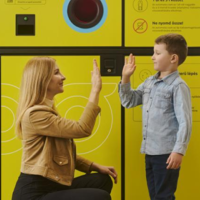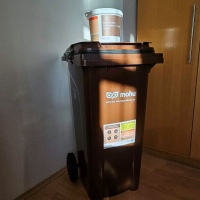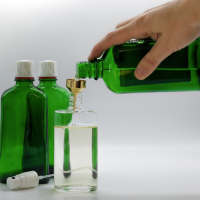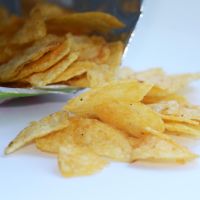8 ways to rethink resources
Ez is érdekelhet
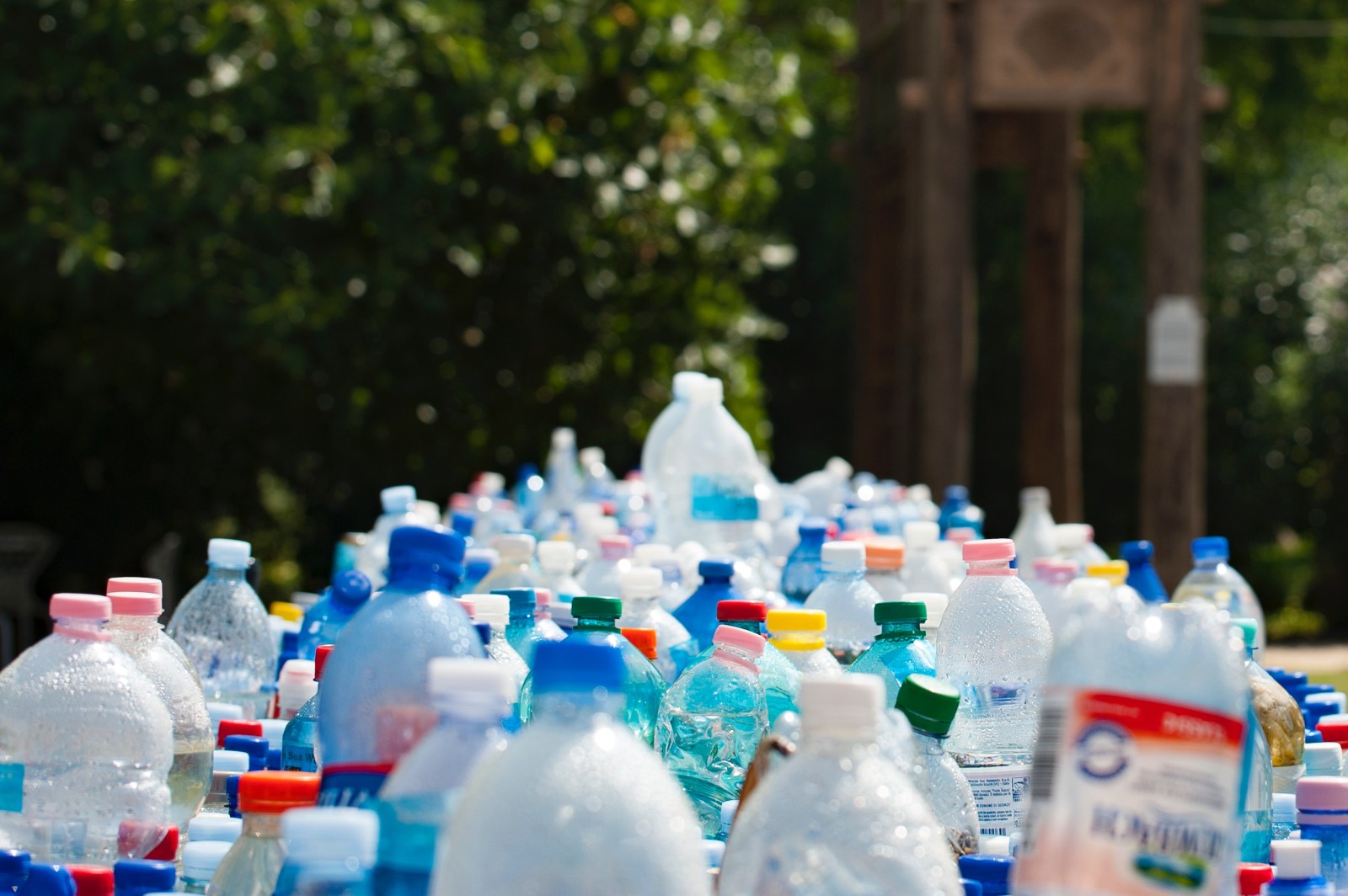
Businesses are using circular economy thinking to find radical new ways to repurpose waste and save scarce resources.
Conscious consumers know not to use disposable plastic bottles, or single-use plastic bags, and try to use as little packaging as possible in order to save the planet. A growing number of companies are also developing innovative ways to give waste a second lease of life.
1. Nappies to roof tiles and railway sleepers
Every parent knows that disposable nappies generate enormous amounts of waste. And with the average baby using the equivalent of 150kg of wood, nappies waste a lot of resources, too.
To remedy this, two years ago Scotland – with a total of 450,000 used nappies per day – pioneered a nappies-to-roof tiles scheme. Nappies are collected in recycling bins and sent to treatment plants, where they’re sterilised and the human waste removed. The plastics and celluloid contained in the nappies are then converted to everyday products such as park benches, railway sleepers and road signage.
In Mexico, consumer product giant P&G now turns rejected Charmin nappies into roof tiles, while scraps from its American Pampers nappies are reused as upholstery filling. Fifty P&G plants now produce zero manufacturing waste, and it claims that repurposing the waste has created an additional value of $1bn for the company. Elsewhere, a growing number of parents are turning to GNappies. The British company makes nappies in two parts: covers that can be reused, and inserts that can be composted or even flushed down the toilet with human waste.
2. Paper to reduce food waste
Rarely does one blank piece of paper make a big difference. But FreshPaper, an organic and biodegradable sheet added to fruit and vegetables, keeps the produce fresh for two-four days longer, thereby eliminating countless tonnes of wasted food. As world demand for food keeps rising, eliminating food waste will become even more important. Today FreshPaper, first sold at farmer’s markets in America, is available in shops in several dozen countries.
3. Sustainable construction materials
San Diego-based Ecor takes cellulose fibres, a material found in wood, cardboard and even forest and agricultural waste, and turns it into new construction material. The process is surprisingly simple: the waste is mixed with water, heated, pressurised and made into sturdy panels that can be used in a variety of functions: as wall panels, tables, bowls, building walls, even glasses frames. Best of all, the products contain no toxic additives and can themselves be recycled at the end of their life-span.
4. Clothes from old water bottles
If you really need to buy soft drinks or even bottled water, make sure to recycle the bottles; they can be used for yarn. Bionic Yarn turns used PET bottles into fibres that can be used in clothes. This is how it works: the bottles are cut into chips, which are in turn shred into fibres. The fibres are mixed with polyester and spun into yarn. The end product, reports Bionic Yarn, contains 40% recycled plastic bottles, including ones from the large colonies of plastic bottles floating on the world’s oceans.
5. Agri-waste into plastic bottles
Bio-on provides an excellent reason to choose your plastics carefully. The Bologna-based company has developed a pioneering process that allows it to turn agricultural waste into biodegradable plastics. Using a fermentation process involving sugar beet, Bio-on manufactures plastics that can be used for anything from food packaging to electronics. Better yet, the process requires no chemical additives, and the end products are biodegradable, dissolving upon prolonged contact with bacteria.
6. Worms as fertiliser
Repurposing waste can be as simple as it is ingenious. In Guatelamala, Byoearth uses red worms to transform food and other biodegradable waste into organic fertiliser. Doing so, of course, reduces waste but also results in higher-quality soil.
7. Food waste to biogas
Got food waste, need energy? BioTrans Nordic has got just the thing for you, especially if you work in a restaurant, canteen or other large kitchen. The Danish company’s BioTrans tank stores food waste, where it turns into biomass. The biomass is collected by a truck for delivery to biogas plants and delivery to local customers.
8. Recycling polyester
Japanese firm Teijin didn’t set out to repurpose clothe; it’s a chemical company. But, almost as a by-product of its R&D, Teijin discovered a way of recreating polyester from itself. Because reusing clothes’ fibres has long been considered near-to impossible, Teijin’s discovery was a considered a breakthrough. It has already saved tonnes of clothes from landfill, and earlier this year, Swedish firm Re:newcell unveiled a similar process for cotton. For several years now, retailer Patagonia has sold clothes made from Teijin-recycled fabric.
Today you can wear new clothes made from old clothes and old plastic bottles, while eating food enhanced by old food – and stored in plastic containers made from agricultural waste – in a restaurant powered by food-waste energy and decorated by agricultural-waste wood panels with nappy-based roof tiles. Not too shabby.
Source: The Guardian



